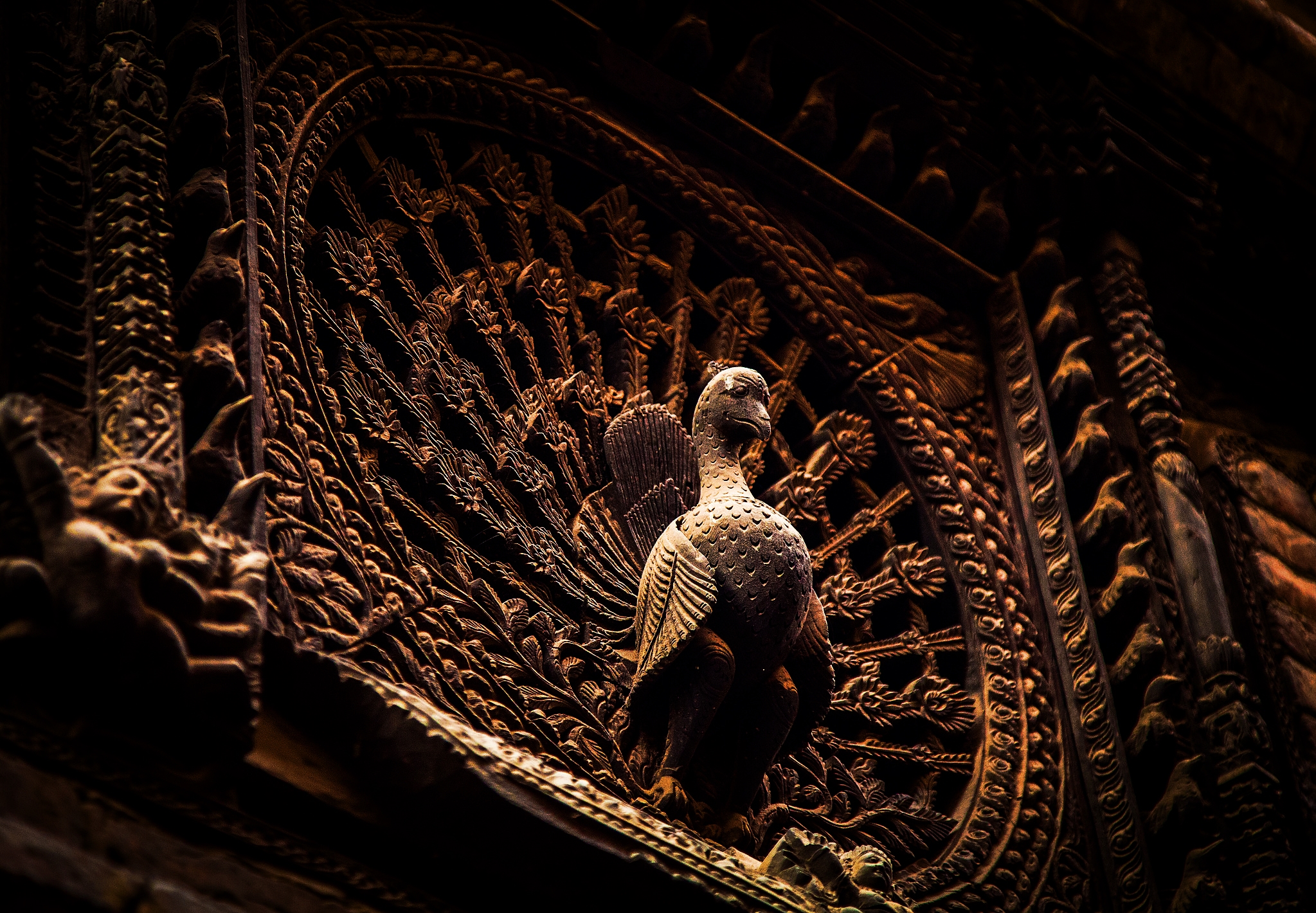In local Newari tongue Bhaktapur is known as Khwopa (Khwapa). Nepal‘s cultural capital, the history of Bhaktapur dates back to the early 8th century and it used to be the capital of Nepal as a whole until the 12th to the 15th century. The ancestors secured the city as a sovereign country surrounding it until the early 18th century, with boundary walls and a number of city gates. The city, shaped like a flying Pigeon, spreads across an area of 6.88 sq. Kilometre. That lies at an altitude of 1401 meters. Bhaktapur offers shelter to nearly 100,000 people , the majority of whom are peasants. Businessmen, handicraft producers and public employees are among the others. Juju Dhau (Yoghurt), Bhadgaule Topi (Black Cape), Haku Patasi (black saree with red border), Pottery and handicrafts are the city’s identifiers and are well-known for their distinctive character. The bulk of the population are Hindus or Buddhists. It is the religious harmony which unites the town’s citizens. Any festival and cultural activity is viewed with complete and equal enthusiasm, regardless of their religion.

A fusion of northern art and mythological philosophy of the South, the aged arts , architecture and culture is Bhaktapur‘s heritage that it inherits from earlier generations. Temples in the style of Pagoda and Shikhar, Vihars and Bahis, (traditional Buddhist monasteries), Lonha Hiti (stone sputs), Pukhu (Ponds), Pati, Math and Sattal (Public Shelters), stupas, city gates, Teracotta temples, Dyo-chhens (Hindus Deity residence), Jarahns (traditional water tanks),The key buildings of the ancient town are palaces, decorative private houses and other cultural and historical heritages. Recognizing the importance of these well-preserved heritages, Bhaktapur Durbar Square has been included in the sites of World Heritage in 1979 A.D.

Congratulation!